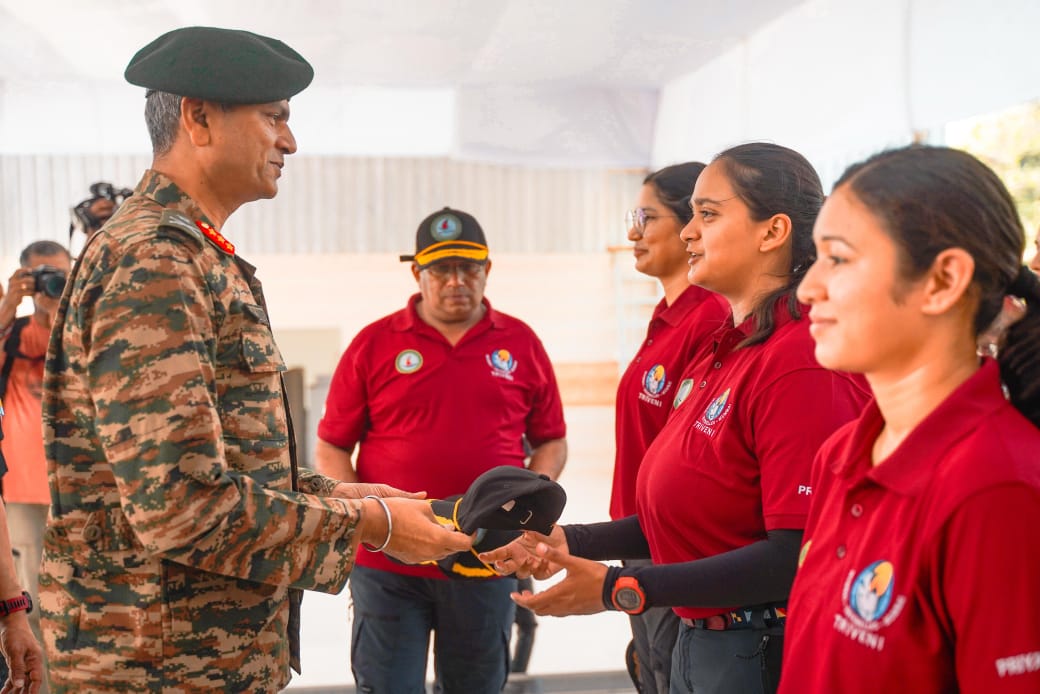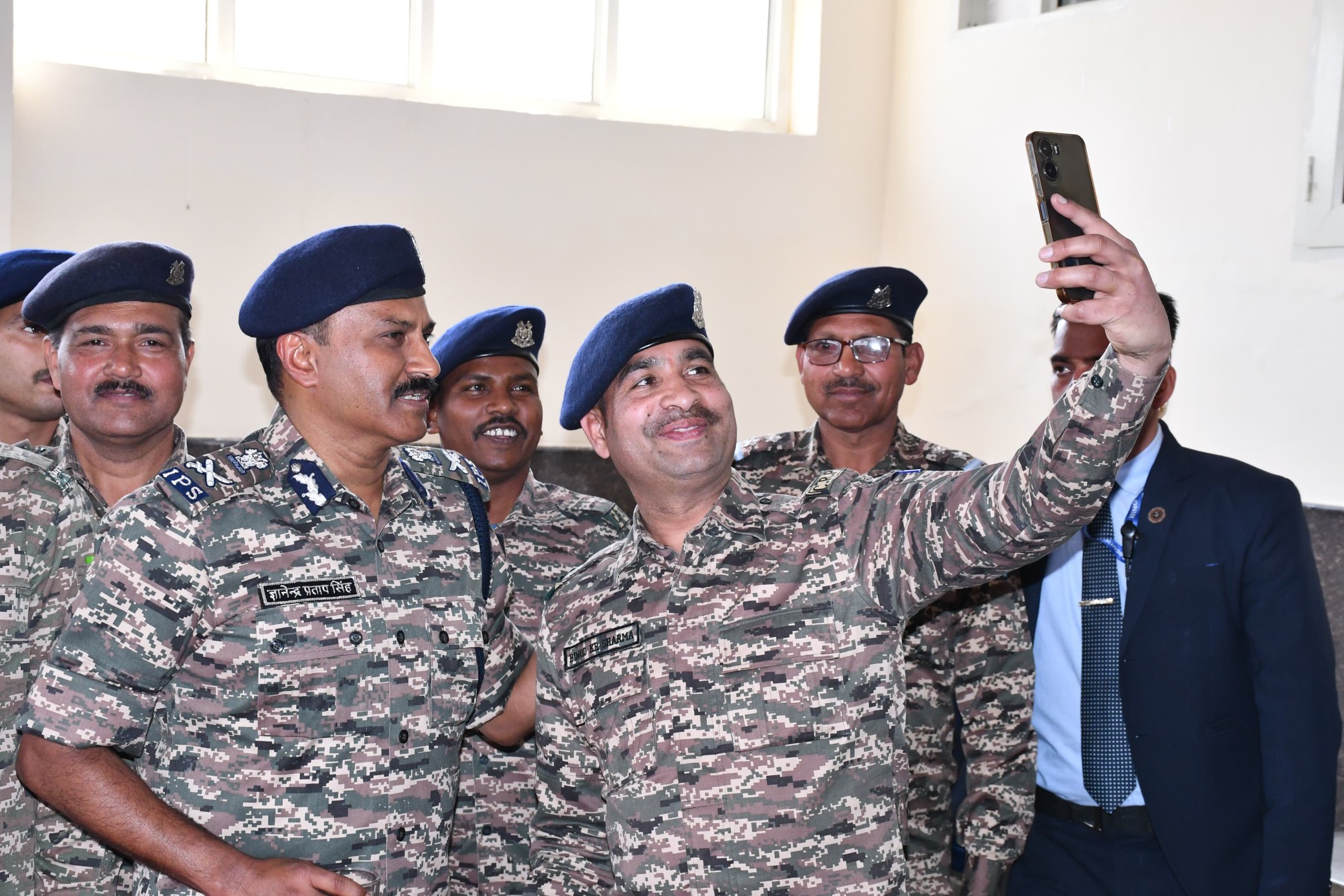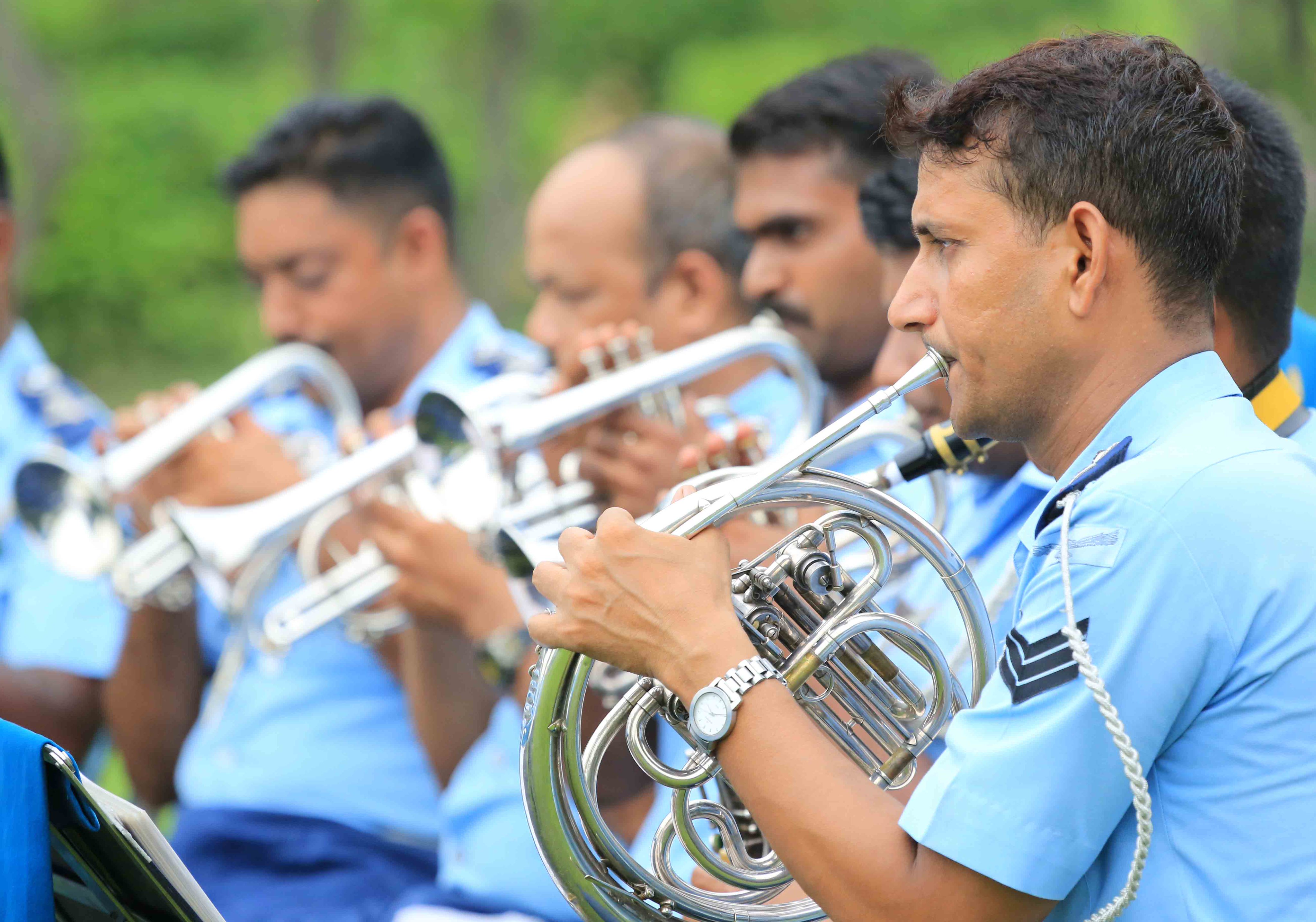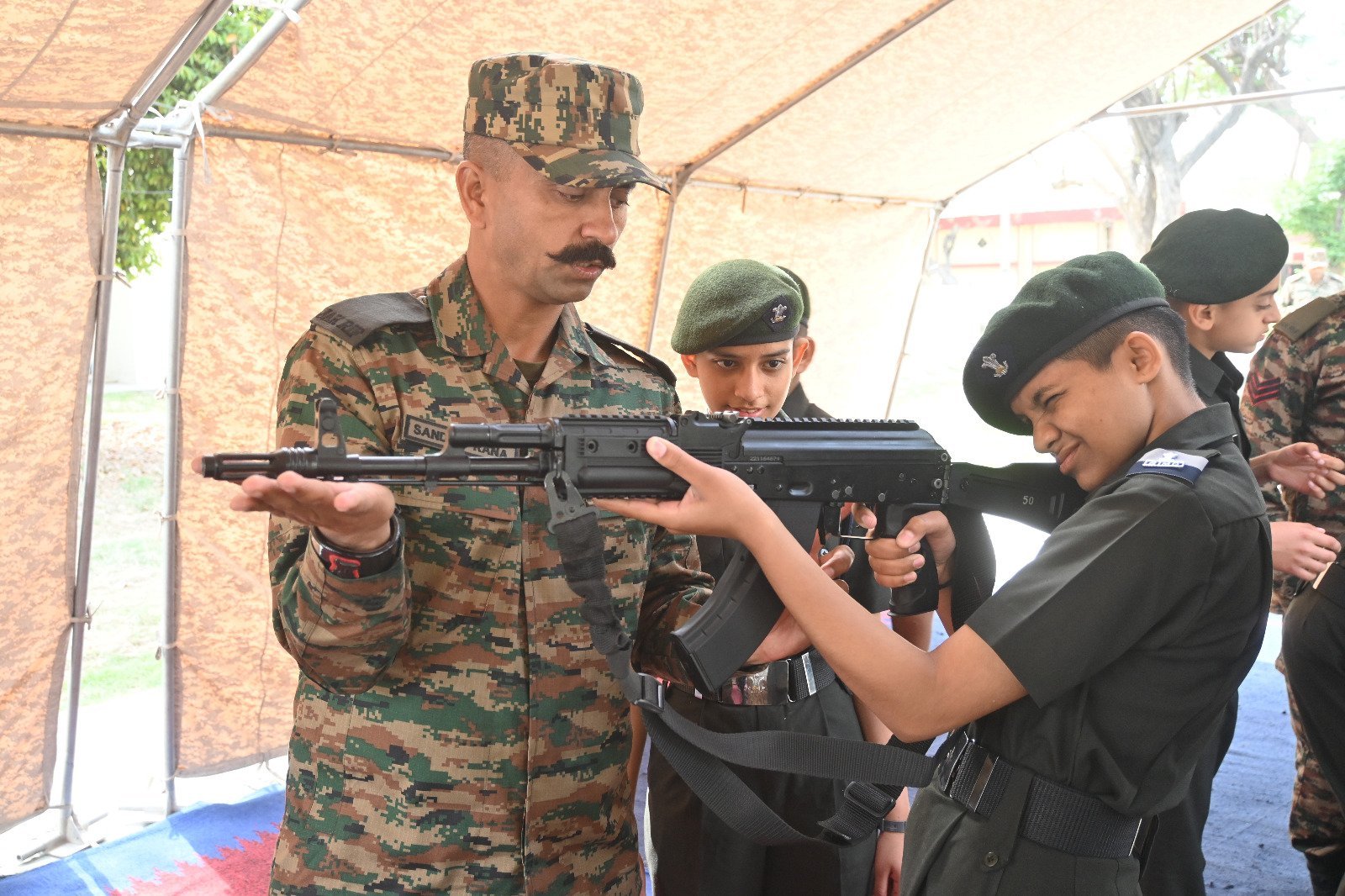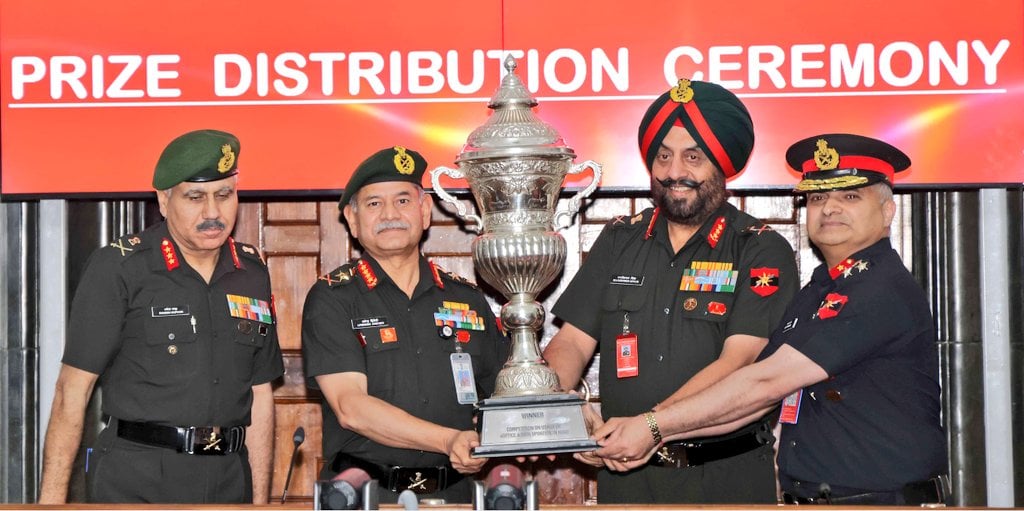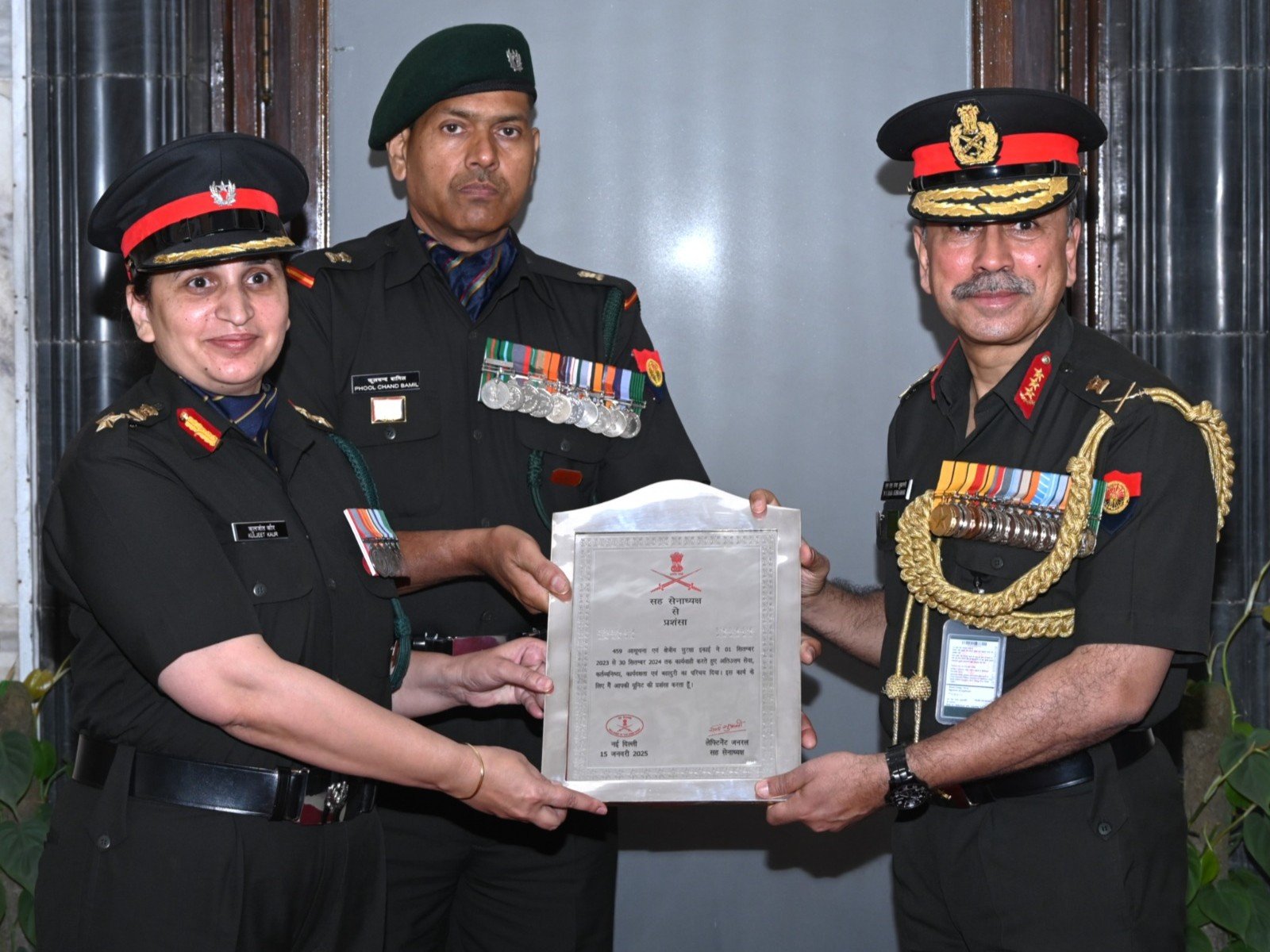Historic All-Women Tri-Services Sailing Expedition “Samudra Pradakshina” Sets Sail from Mumbai
In a landmark moment for India’s armed forces, Lieutenant General AK Ramesh, Commandant of the College of Military Engineering (CME),…
DG CRPF Emphasizes Family Welfare and Troop Readiness During Visit to GC Humhama, Srinagar
The Director General of the Central Reserve Police Force (CRPF), Shri G.P. Singh, visited the Group Centre (GC) Humhama in…
IAF Agniveervayu (Musician) Recruitment 2025 – Check Details Here
Indian Air Force invites online applications from UNMARRIED MALE and FEMALE Indian citizens to join as Agniveervayu (Musician) through Recruitment…
Indian Army’s Panther Division Inspires Future Leaders with Educational Tour in Amritsar
The Panther Division of the Indian Army’s Vajra Corps hosted an enriching educational and training tour in Amritsar for cadets…
Sapta Shakti Command Shines in Inter-Command E-Office and MISO Data Updation Competition
In a remarkable display of technological prowess and operational excellence, the Sapta Shakti Command of the Indian Army emerged victorious…
Lieutenant General NS Raja Subramani Awards VCOAS Citation to Four Units for Exemplary Performance
In a proud moment that underscores the Indian Army’s commitment to excellence, Lieutenant General NS Raja Subramani, Vice Chief of…

